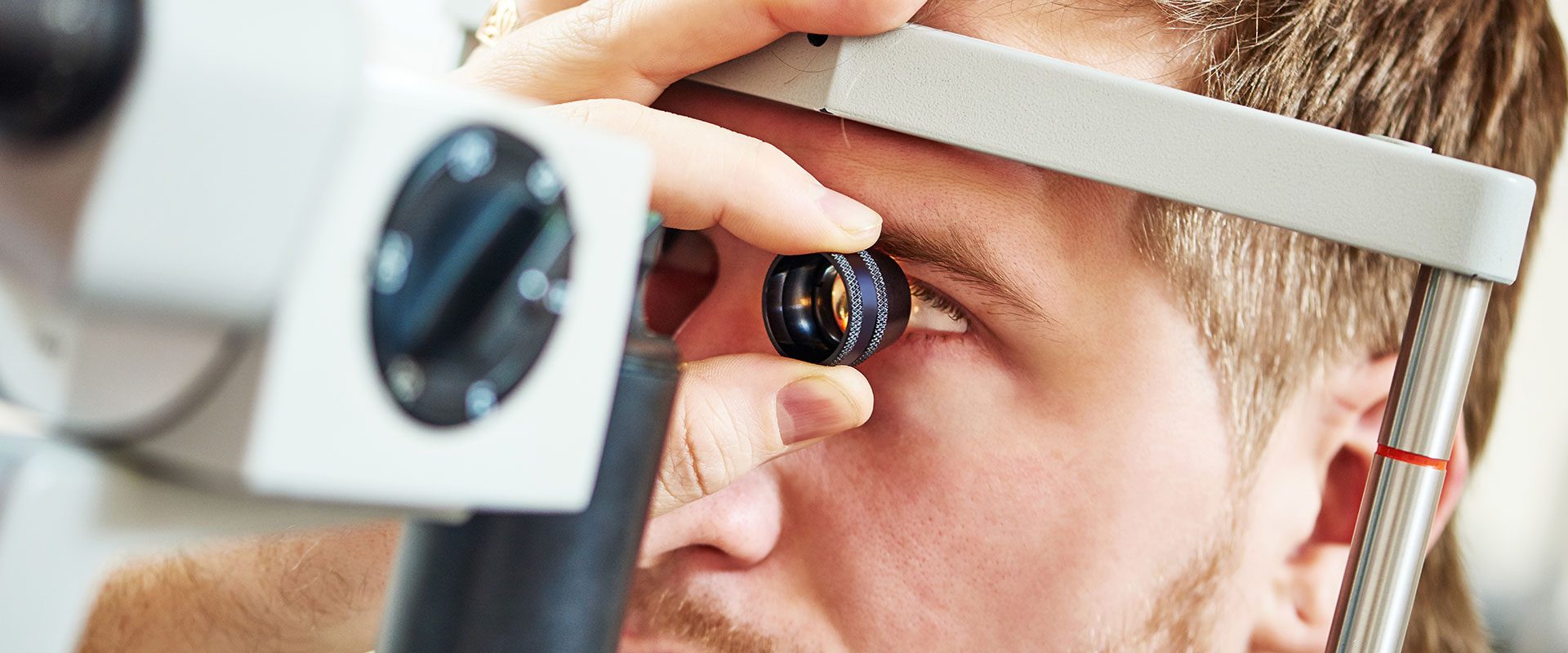Common Eye Issues
Glaucoma is a common eye condition where the optic nerve, which connects the eye to the brain, becomes damaged.
This can be due to a higher pressure than normal inside the eye, or because the nerve is more susceptible to damage from pressure.
There are several different types of glaucoma:
Chronic/Primary Open Angle Glaucoma
The most common type of glaucoma is called primary open angle glaucoma. This tends to develop slowly over many years.
Anyone can develop chronic glaucoma, however you are more at risk if you:
- are aged over 40
- are of African or Caribbean origin
- are closely related to someone with chronic glaucoma
- are very short-sighted
- have other medical conditions e.g. migraine, diabetes or high blood pressure
The early stages of chronic glaucoma do not cause symptoms, therefore it is important to have regular eye examinations so it can be detected before it affects your sight.
Acute/Angle Closure Glaucoma
A less common type of glaucoma is acute angle closure glaucoma. This is caused by the drainage in the eye becoming suddenly blocked, which can raise the pressure inside the eye very quickly.
Sometimes the increased pressure can come and go, and some people get short bursts of pain or discomfort and blurred vision. This can happen when your pupils get bigger, so you may notice it at night or when you are in a dark area (like the cinema). Other symptoms are an ache in the eye, nausea and vomiting, red eyes, seeing coloured rings around white lights, or your vision feeling misty or hazy.
If you experience these symptoms it is important to see your Optometrists quickly, even if the symptoms appear to go away, as your vision may be damaged each time you notice the symptoms.

